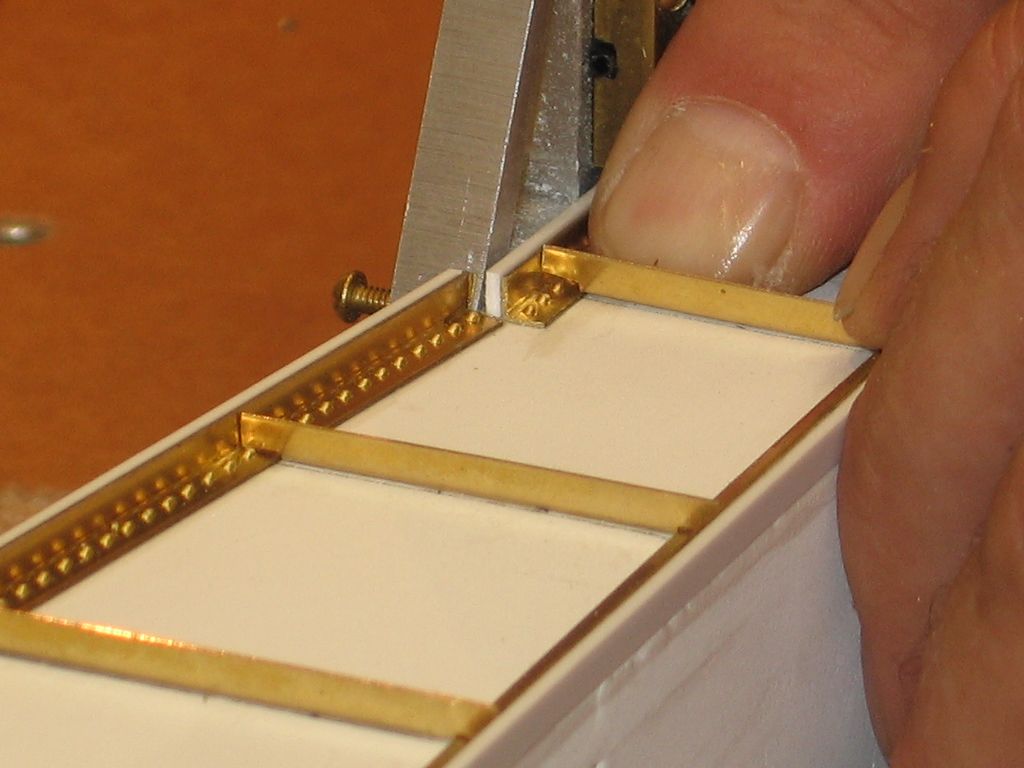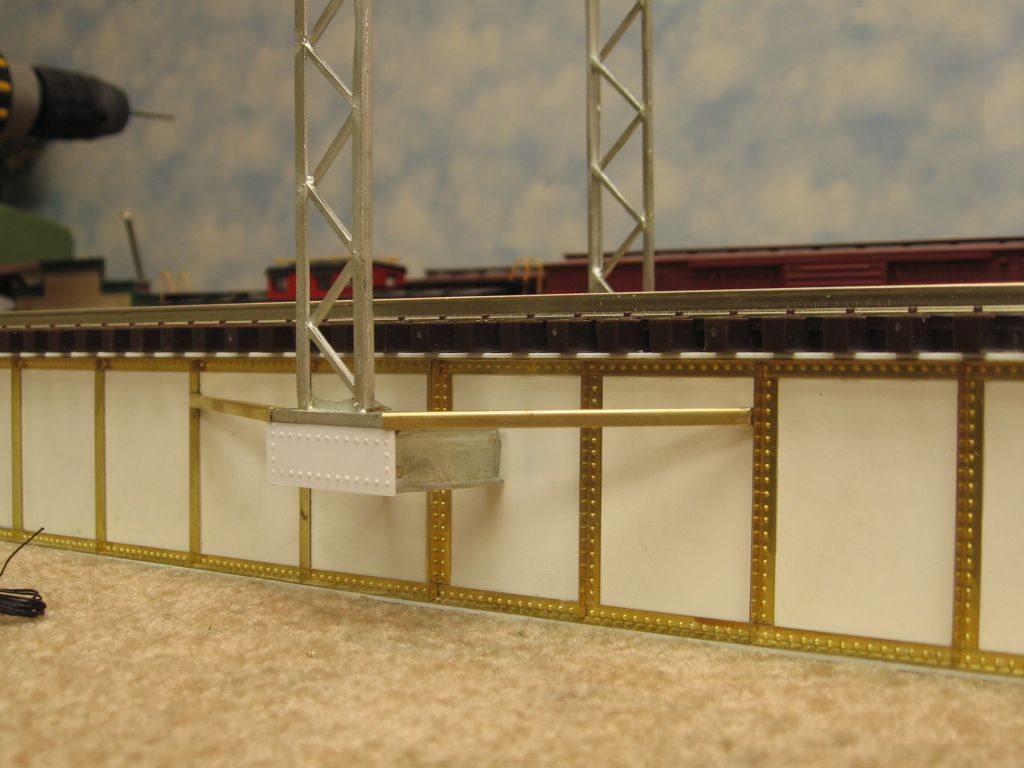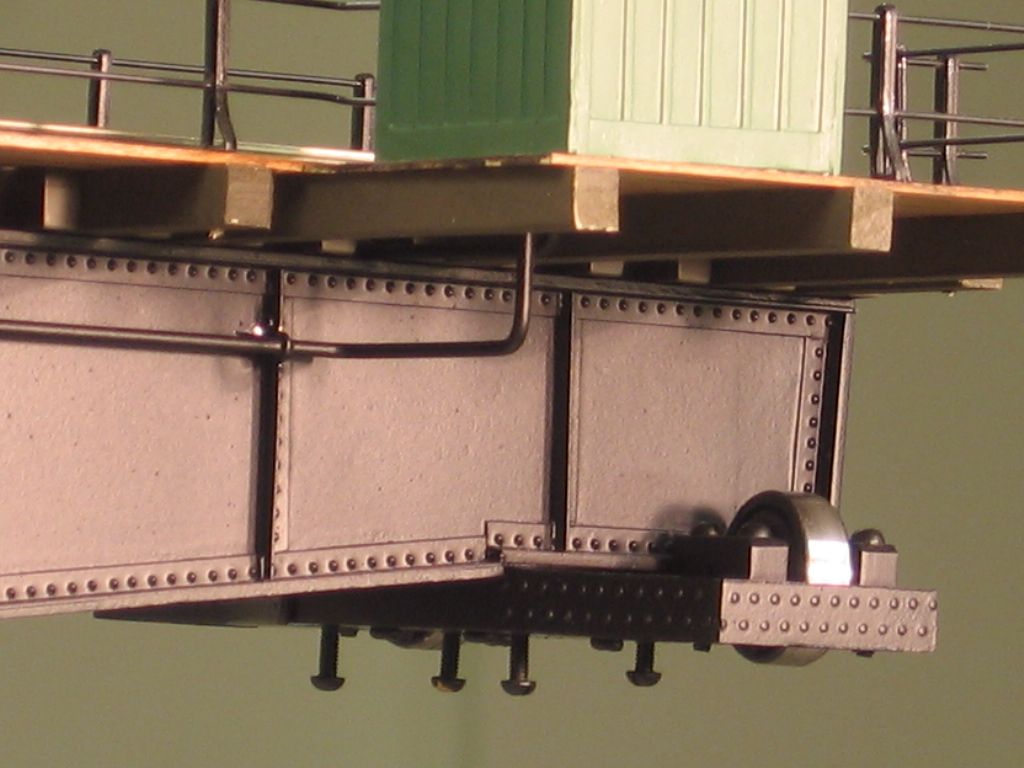What type glue should I use? I tried Zap-A-Gap but did not work.
Replies sorted oldest to newest
I've successfully used an automotive trim glue, available in auto supply stores.
Phil
Walthers Goo (from your local hobby shop) or Loctite 380 (from an industrial supply house).
jackson
J. B. Weld, available at auto and hardware stores.
What type glue should I use? I tried Zap-A-Gap but did not work.
A little more info would be helpful -- size and shape of the what to what and how much surface area is available to make a good bond between the 2 materials.
Despite now knowing the above, a film of Walthers Goo on one surface and then re-visit your Zap-a-Gap (medium viscosity, recommended) on the other surface. Pu them together correctly the 1st time and it is unlikely you will get a 2nd attempt w/o making a mess of it.
When I want to glue anything to metal, I like to scratch up the metal in the area to receive the glue, to give it something to grab.
I typically use JB Weld.
Primer paints on the metal also enhance the adhesive's ability to hold. Cyano-acrylates (Super glues) via capillary action seek holes, which strengths the bond. IMO This brass detail and styrene strips were added to an aluminum side rail beam of a turntable. The white coating is Sherwin William Prep-Rite Pro block primer. I used medium to thick CA, which allows some time to position parts before the glue sets. Thin sets are almost instant set/bond, more difficult.



I use 5-minute Epoxy.
Good ole GOO or equivalent contact cement, usually in a brown bottle.
How strong a bond, how long a dry time, whether you want clear or black/grey all matter. If you want something to go together and stay together permanently, use 3M Panel Bond adhesive. It's used to install bedsides and body panels on some vehicles. It has a 24 hour dry time and dries black, but whatever you're bonding will not come apart, pretty much ever.
Faster two-parts are out there as well, but don't have the same strength as the 3m product


